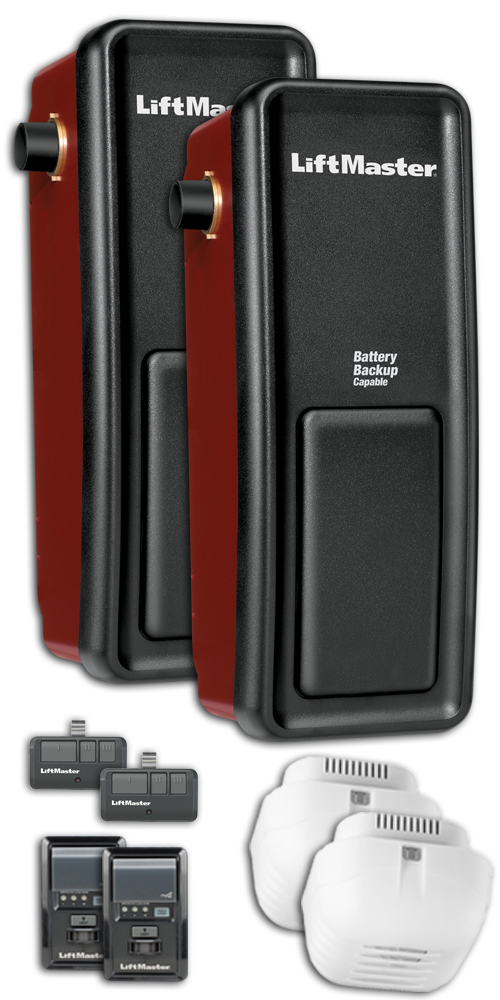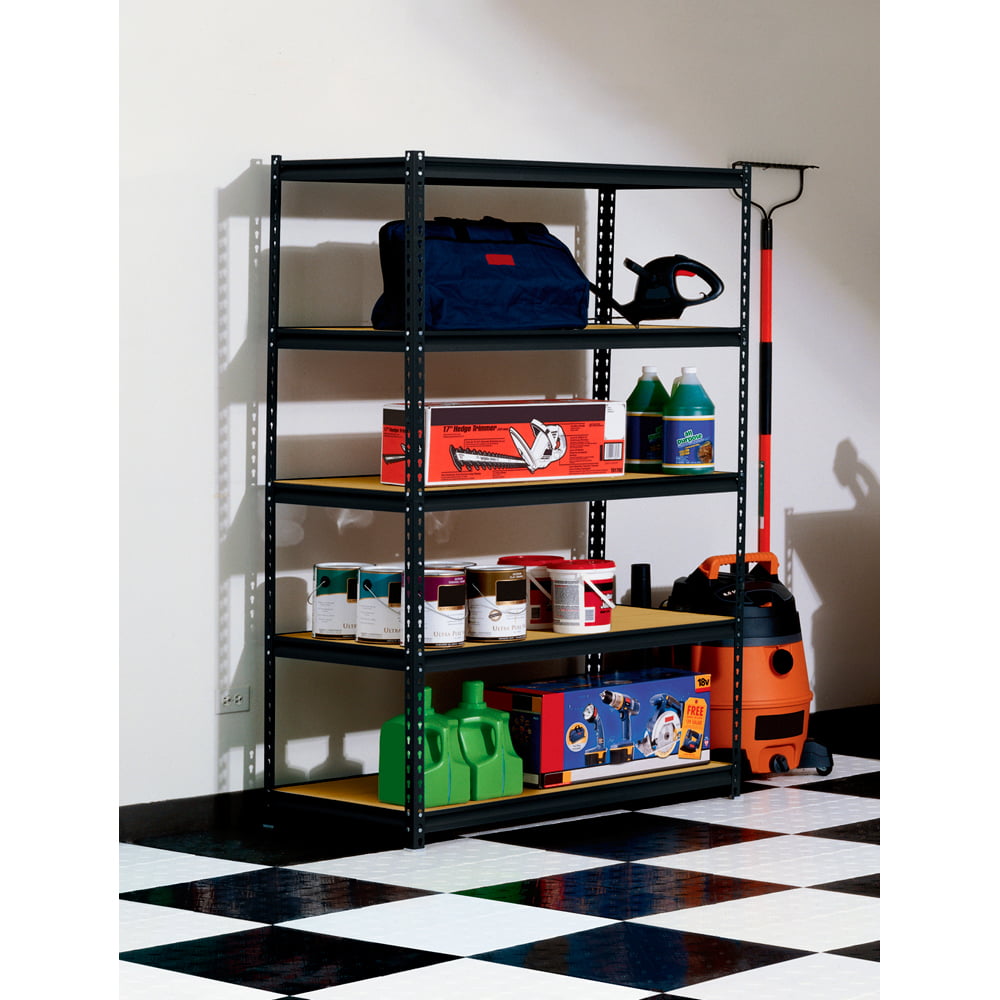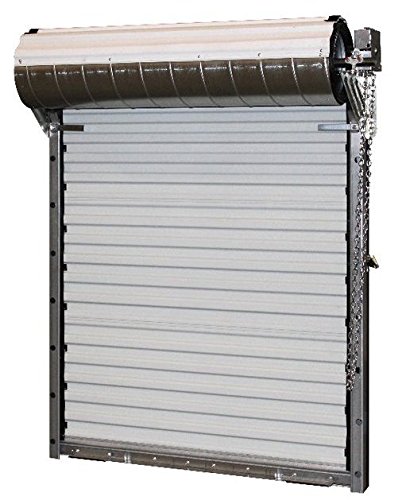
Swing out garage doors are an excellent choice for a variety of homes and commercial spaces. They can be operated easily, come in many styles and materials, and add great style to any property.
Industrial Garage Doors
The industrial garage door is a durable, stylish choice that's great for high-traffic areas like loading docks. You can customize them with your own designs or patterns. They are also often made of galvanized steel, which adds to their durability.
Doorlink Garage Doors
DoorLink offers a wide range of garage doors in many styles. These include steel, fiberglass, and wood options. Each door has its own benefits and features, so you need to think about your specific needs before choosing the right type.

Home Depot Clopay Garage Doors
The most popular choice homeowners make when choosing a garage doors is to choose from a variety of options. There are so many choices that you can make, it can be difficult to choose the best one.
The first thing you'll want to do is measure your garage opening. This will help you find the right size door for your space and give you a sense of what it will look like once installed on your property.
A contractor or home renovation specialist can give you a rough estimate. Once you know your basic specifications, the next step is to choose a style that will suit your tastes and match your home's overall design.
A wood garage door is a great choice if you are looking for a functional, attractive garage door that doesn't require too much maintenance or isn't too heavy. This door is perfect for any home style and will give your home a traditional, rustic appearance.

A garage door with glass windows might be better suited for your home if you prefer a modern appearance. These doors can be made in a variety od styles, including metal or glass. Additionally, they can be painted in a wide range of colors. They also have a ColorBlast(tm), a paint system that provides a durable and long-lasting finish.
FAQ
Is $30000 sufficient for a kitchen remodeling project?
A kitchen renovation can cost anywhere between $15000 - $35000 depending on how much you want to spend. You can expect to spend more than $20,000. If you are looking for a complete overhaul of your kitchen, it will cost more. You can get a complete kitchen overhaul for as little as $3000 if you just want to replace the countertops or update your appliances.
A full-scale renovation typically costs between $12,000 and $25,000 on average. However, there are ways to save without sacrificing quality. A new sink can be installed instead of replacing an older one. This will cost you approximately $1000. You can even buy used appliances for half of the price of new.
Kitchen renovations can take longer than other types projects so plan ahead. It's not ideal to begin working in your kitchen, only to find out halfway through that there isn't enough time to finish the job.
Your best bet is to get started early. Begin looking at the options and getting quotes from different contractors. Next, narrow your options based on price and availability.
Once you have identified potential contractors, request estimates and compare their prices. Not always the best choice is the lowest-priced bid. It is important that you find someone with comparable work experience to provide an estimate.
Add all costs to the final cost. These extras could include labor and material costs, permits, or other fees. Be realistic about the amount you can afford, and stick to your budget.
You can be open about your dissatisfaction with any of these bids. Tell the contractor why you don't like the initial quote and offer another chance. Saving money is not a matter of pride.
What is included in a full-scale kitchen remodel?
A full kitchen remodels more than just a new sink and faucet. There are cabinets, countertops as well, lighting fixtures and flooring.
A full kitchen remodel allows homeowners to update their kitchens without having to do any major construction. This allows the homeowner to update their kitchens without having to demolish any existing structures, making it easier for the contractor as well.
There are many services that can be done to your kitchen, including plumbing, electrical, HVAC, painting, and carpentry. Depending on how extensive your kitchen renovation is, you may need multiple contractors.
A team of professionals is the best way to ensure that a kitchen remodel runs smoothly. Kitchen remodels often involve many moving parts, and small issues can cause delays. DIY is a good option, but make sure to plan ahead and have a back-up plan in case something goes wrong.
What does it cost to tile a shower?
You might want to go big if you are going to do it yourself. A complete bathroom remodel is an investment. It is worth the investment in high-quality fixtures and materials, especially when you consider the long-term benefits of having a beautiful space that will last for many years.
The right tiles will make a big difference in the way your room feels and looks. So whether you're planning a small project or a major renovation, here's a quick guide to help you choose the best products for your home.
First, decide which type of flooring you'd like to install. You have many choices: ceramics, natural wood, stone, porcelain and even stone. Next, pick a style like classic subway tiles or geometric designs. Select a color palette.
A large bathroom remodel will require you to match the tile in the room. For example, you might opt for white subway tile in your kitchen or bath and choose darker colors elsewhere.
Next, determine the size of the project. Is it time to upgrade a small powder area? Do you want to add a walk-in wardrobe to your master bathroom?
Once you've determined the project's scope, visit local stores and check out samples. This allows you to get a feel and idea for the product as well as its installation.
Finally, shop online for great deals on ceramic and porcelain tiles. Many retailers offer free shipping or discounts on bulk orders.
How much would it be to renovate a house vs. what it would cost you to build one from scratch?
A home's contents are removed, such as walls, floors, ceilings and plumbing. Gutting is done when you want to make some modifications before moving in. Gutting a home is typically very expensive because so many things are involved in doing this work. Depending on your job, the average cost to gut a home can run from $10,000 to $20,000.
The process of building a home involves the construction of a house from one frame to another. Next, the builder adds walls, flooring and roofing. This is usually done after buying a lot of lands. Building a home usually costs less than gutting and can cost between $15,000 and $30,000.
It all comes down to what you want to do in the space. If you want to gut a home, you'll probably need to spend more because you'll be starting over. It doesn't matter if you want a home built. You can build it as you wish, instead of waiting to have someone else tear it apart.
How long does it typically take to renovate a bathroom?
Two weeks is typical for a bathroom remodel. The size of your project will affect the time taken to remodel a bathroom. Smaller jobs, such as adding a shower stall or installing a vanity, can be completed in a day or two. Larger projects such as removing walls, laying tile floors, or installing plumbing fixtures may require several days.
Three days is the best rule of thumb for any room. So if you have four bathrooms, you'd need 12 days total.
Why should I remodel rather than buying a completely new house?
While houses may get more affordable each year, the square footage you pay is still the same. You may get more bang for your buck but you still have to pay for extra square footage.
It's cheaper to maintain a house without much maintenance.
You can save thousands by remodeling your existing home rather than buying a completely new one.
You can transform your existing home to create a space that suits you and your family's lifestyle. Your home can be made more inviting for you and the family.
Statistics
- According to a survey of renovations in the top 50 U.S. metro cities by Houzz, people spend $15,000 on average per renovation project. (rocketmortgage.com)
- Attic or basement 10 – 15% (rocketmortgage.com)
- About 33 percent of people report renovating their primary bedroom to increase livability and overall function. (rocketmortgage.com)
- 57%Low-end average cost: $26,214Additional home value: $18,927Return on investment: (rocketmortgage.com)
- 5%Roof2 – 4%Standard Bedroom1 – 3% (rocketmortgage.com)
External Links
How To
How to remove tile grout from floor tiles
Most people don't know that tile grouting exists. It is used in sealing joints between tiles. There are many kinds of grout on the market today. Each type serves a specific purpose. We will demonstrate how to remove grout from tile floors.
-
Before you can begin the process, ensure that you have all necessary tools. It is a good idea to have a grout knife, grout scraper, as well as some rags.
-
Now, you will need to remove any dirt or debris from under the tile. Use the grout knife to remove the grout. Scrape away any remaining grout. You should not damage any tiles.
-
After cleaning everything, take out the grout scraper. Use it to clean up any grout left behind. You can move on to step 4 if there is no grout left.
-
Now you can get on with the next step. One of the rags can be used to soak in water. You want to make sure that the rag gets completely wet. When the rag has become soaked, wring it out, so that excess water stays inside the rag.
-
Place the wet cloth on the joint where the tile meets with the wall. Keep the rag in place until the grout starts to separate. Slowly pull the rag toward you, and keep pulling back and forth until all of the grout is gone.
-
Repeat steps 4 and 5 until all the grout has been removed. Rinse the ragout, and repeat the process if needed.
-
After you have removed all grout, rub the tiles with a damp towel. Let dry thoroughly.